Sign up to our mailing list for the best stories delivered to your inbox.
What to plant for shade coverage in a hot, windy area that also gets heavy frosts? Graziher gardening columnist Cassandra Hooke has the answer.
Photography EMMA CROSS
My ‘unicorn’ tree is an Algerian oak, Quercus canariensis. I was introduced to this wonderful tree by Tim, the head gardener at Paul Bangay’s Stonefields. He gave me a small tree, back in the autumn of 2012, that he had grown from an acorn. It is now about three metres tall and surprises us constantly with its rapid growth rate and its lush green leaves. It is frost hardy, deciduous, and will one day make the most beautiful large tree that kids will love to climb. It seems to be very tough when it comes to coping with the heat and wind.
It’s planted in the northeast corner of my garden where it has zero protection from the elements and reasonable soil and drainage. The climate here on the Hay Plain is very different from your area near Ballarat and if it’s thriving here, I think you will have no issues there. We’ve since purchased a couple of larger Algerian oaks for outside the house yard, and just recently I was very kindly given another one that started as a seedling from an historic homestead garden fundraiser.
It’s ideal to plant deciduous trees in winter while they are dormant to reduce transplant shock, so sourcing them in early autumn is a good idea. While they may be tricky to find, I think it would be worth the effort and you may even be able to find someone with a mature tree with acorns from which you can grow your own seedling. Trees like this aren’t just a good idea because they have been recommended to you from personal experience; they also come with sentimental value and a great story. Isn’t that the best kind of garden of all? One that tells its own story.
Trees in exposed locations, where they could be thrashed by strong wind and potentially broken or create an unsteady shape, require staking until they reach a point where the trunk structure is firm and their roots have established enough to be able to independently support the tree. As trees grow, every growing season they put on new layers of cambium and more of the internal transport structures (xylem and phloem) are produced. The xylem, which transports water and nutrients, thickens with age and is dead and rigid at maturity, becoming the internal support structure for the tree. Picture lots of little tubes all vertically aligned, like a container of upright straws on a bench. Over time the roots also grow and spread, becoming a more established anchor for the tree.
The staking method I would recommend is three large timber or metal stakes in a triangle formation and some form of soft tie or flexible strapping. You want to put the stakes far enough away from the existing roots and trunk so you avoid damaging either, especially as the trunk thickens with age. If the tree is freshly planted, you could use the width of the pot it came in as a guide to how far from the trunk to place the stakes.
I like using old pantihose, hessian webbing or cotton jersey as ties. I would not recommend using cable ties, wire or any other hard material, as it could damage the tree. Each tie is individually tied around the trunk of the tree and then back to one stake. If using timber stakes, you can also secure the tie to the stake with a nail so that it doesn’t slip. Don’t tie the tree too tight: some natural movement will stimulate the growth of strong supportive roots.
I stake purely to support and to guide a tree in the direction I’d like it to grow. You also want to make sure that the ties aren’t creating wounds on the trunk that could allow an opening for pests or disease. Lastly, remember to adjust the ties as the tree establishes and remove the stakes completely when you feel they are no longer necessary.
I’ll be temporarily staking my new tall leggy jacaranda with this method, as it is on a lean and we receive quite strong winds, especially in spring and during summer storms.
It’s great to see you planning ahead. The sooner you get the plants in the ground, the sooner they will start to establish and hopefully make this transition a little less daunting for you. Although the ornamental pear trees are deciduous and therefore bare in midwinter, they are established and will still give some screening with their trunks and branches. I wouldn’t plant any more large trees, to avoid overcrowding and potentially reducing the health and the shape of the trees overall. Stand inside the house and visualise where you need to prioritise your privacy screening.
My suggestion would be to construct a mesh or timber and cable screen to plant an evergreen vine such as Hardenbergia, climbing ficus, banksia rose or ivy. You could also opt for a dense deciduous vine such as Virginia creeper, crimson glory vine (Vitis coignetiae) or wisteria. These won’t just help screen the construction, but will also add depth and interest.
To give further density I would plant ‘Glauca’ pencil pines or ‘Miles Choice’ bay trees between the ornamental pears. These are fast growing, narrow in form, evergreen and easy to prune to maintain a dense structure.
Apart from planting, painting fences dark grey will help blur the boundary of the garden and give the illusion of more space, something you’d like to feel if you’ve got a towering build looming next door.
Have a gardening question for Cassandra? Please send your question, with Gardening Q&A in the subject line, to hello@graziher.com.au
Like this article? Subscribe to Graziher and you’ll never miss an issue of your favourite magazine. Already a subscriber? Consider gifting a subscription to someone special in your life.
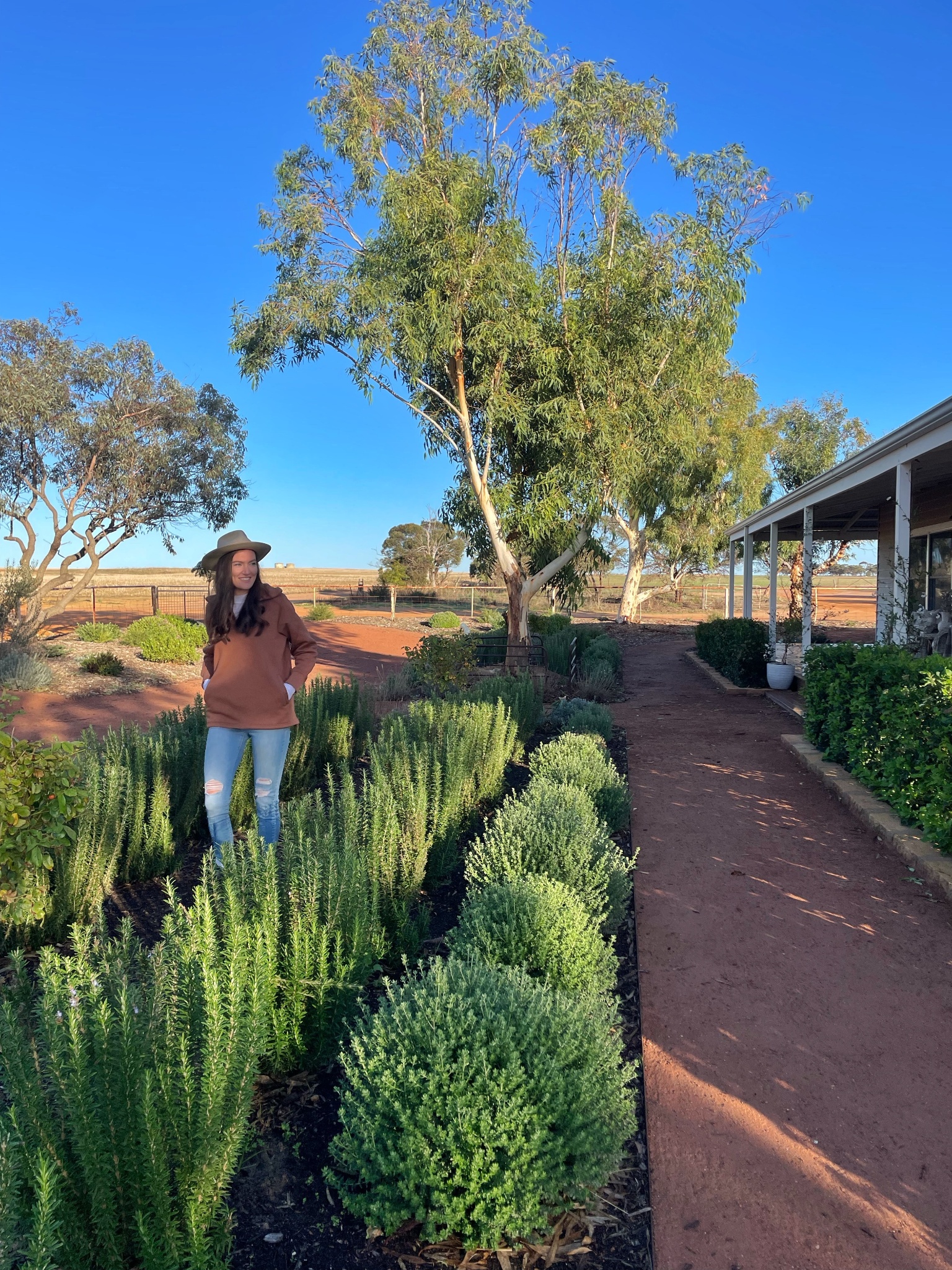
First step: make a plan and focus on one or two projects at a time.
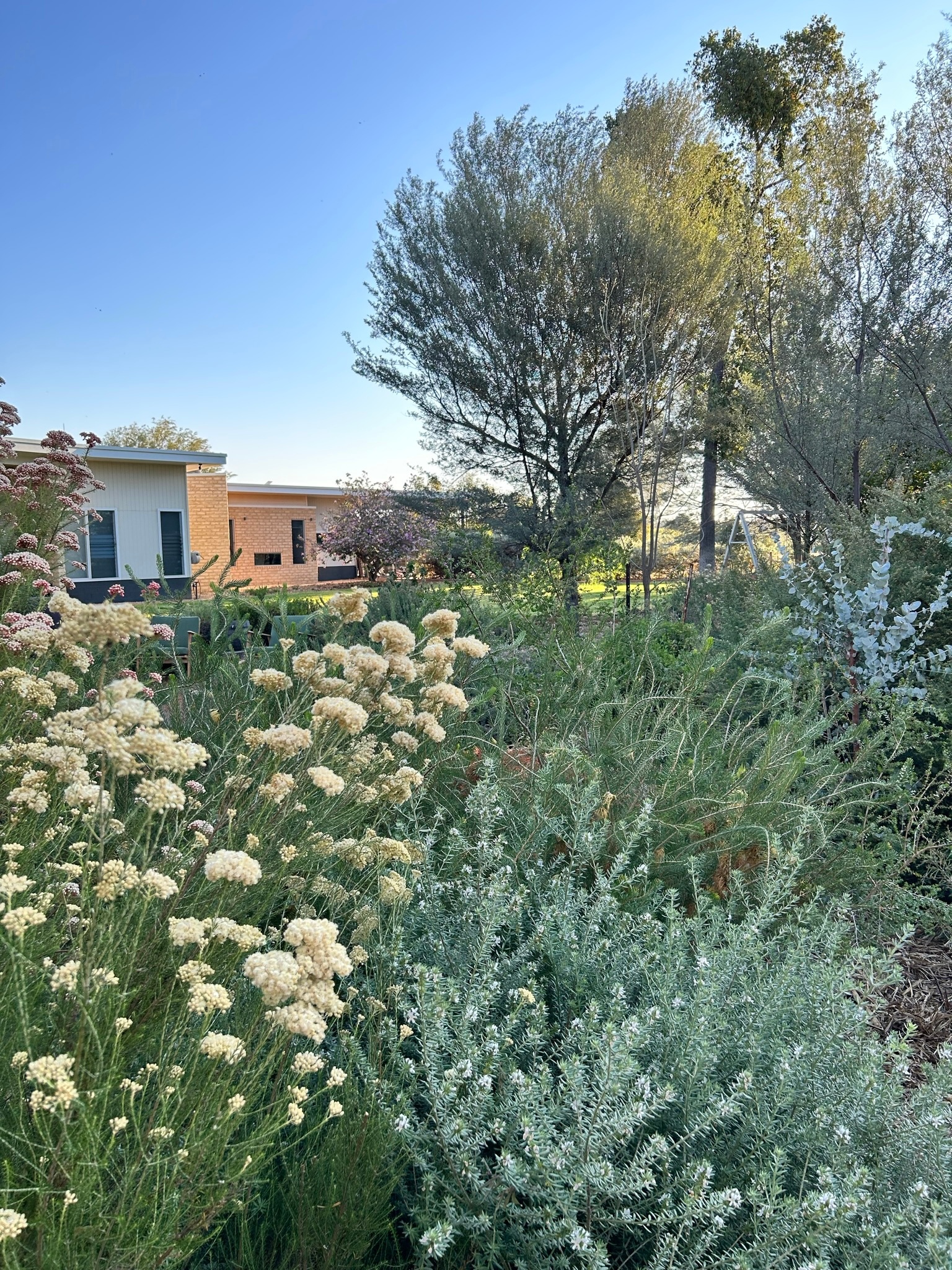
Using bore water on your garden involves a few tricks and techniques as Gin Gin Garden Club's Claire Austin discovers.
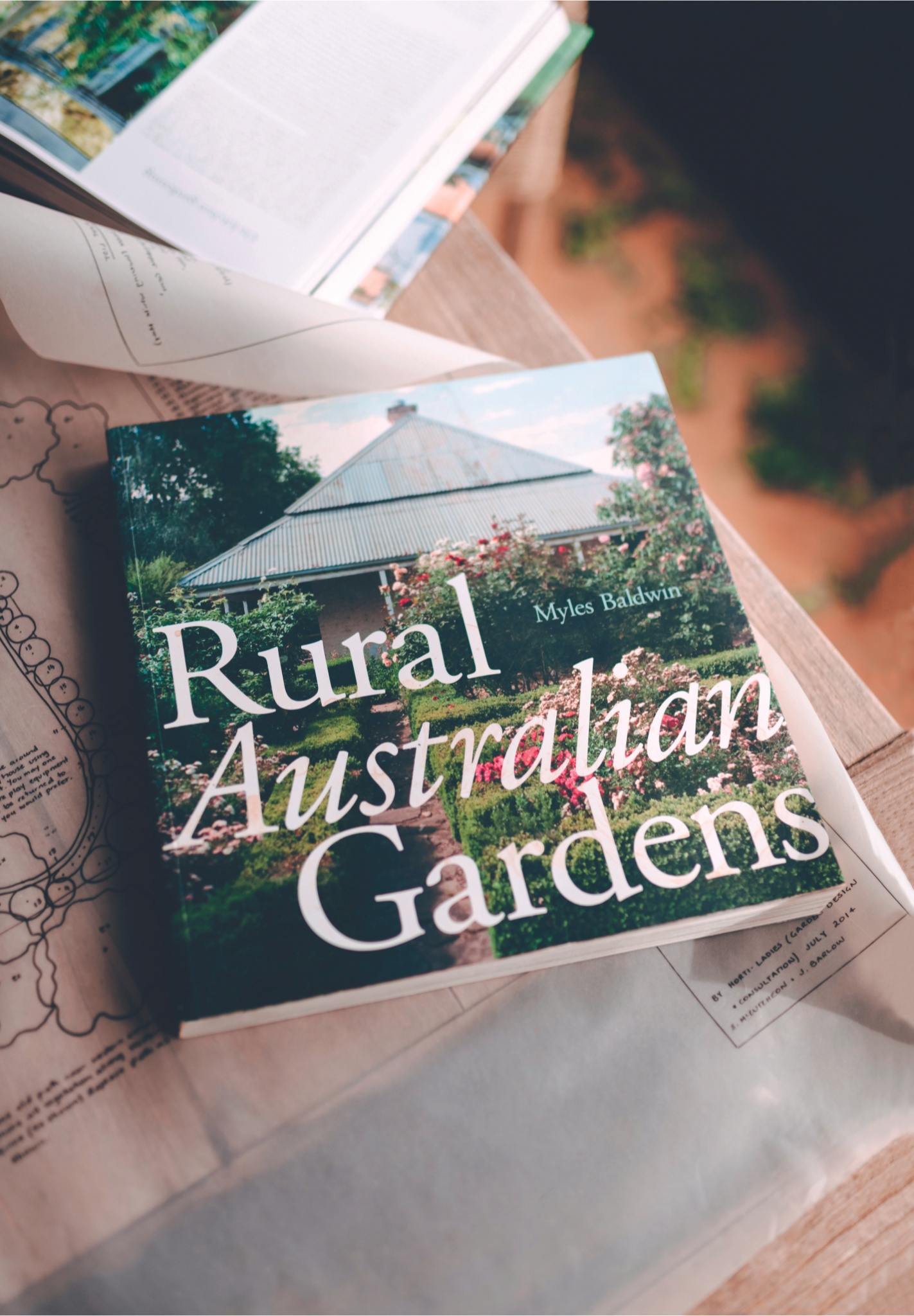
The Graziher columnist's picks range from the pretty to the purely practical.
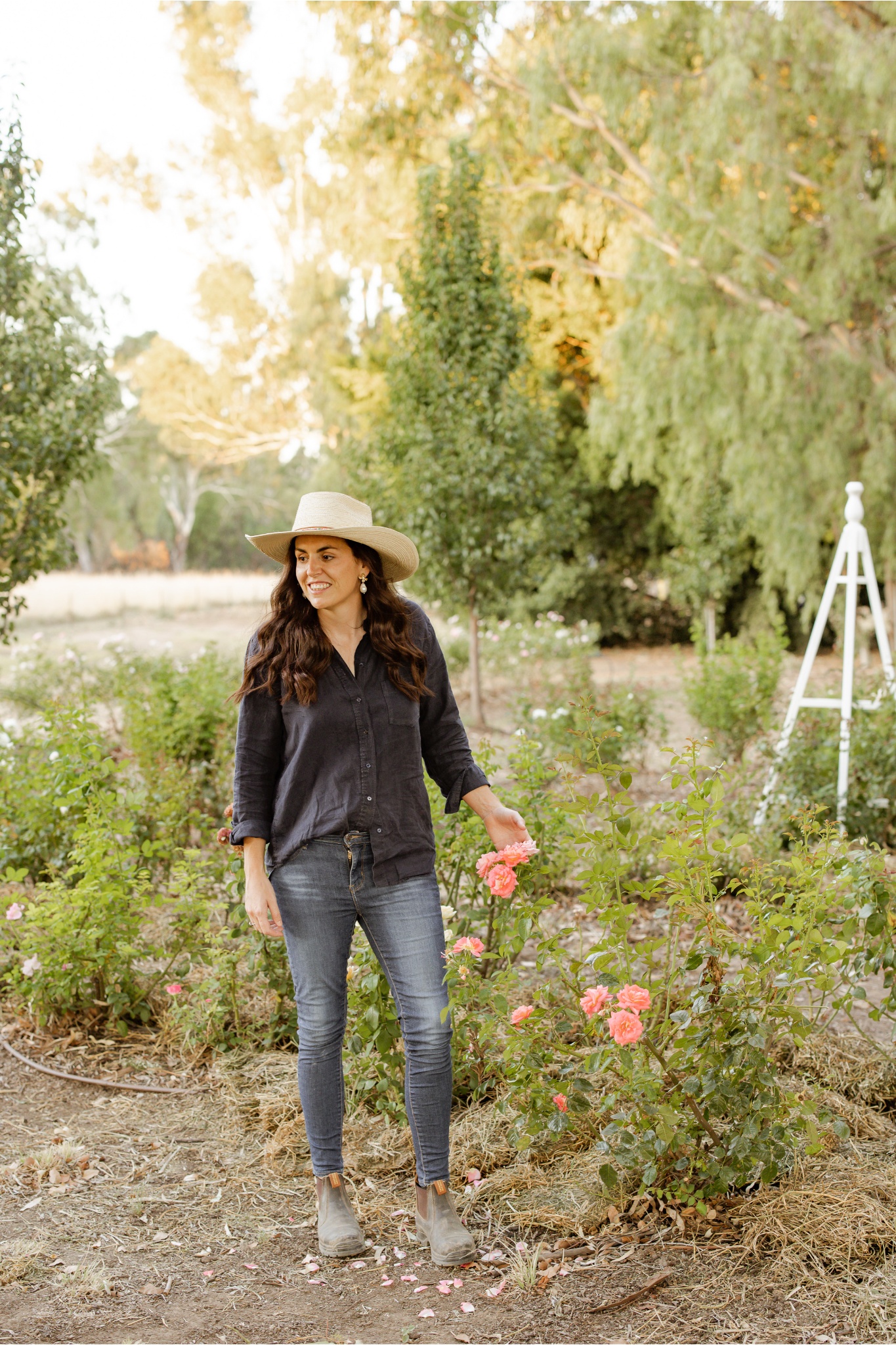
Through drought and flooding rains, Jess Taylor has created a glorious display by the Macquarie River.
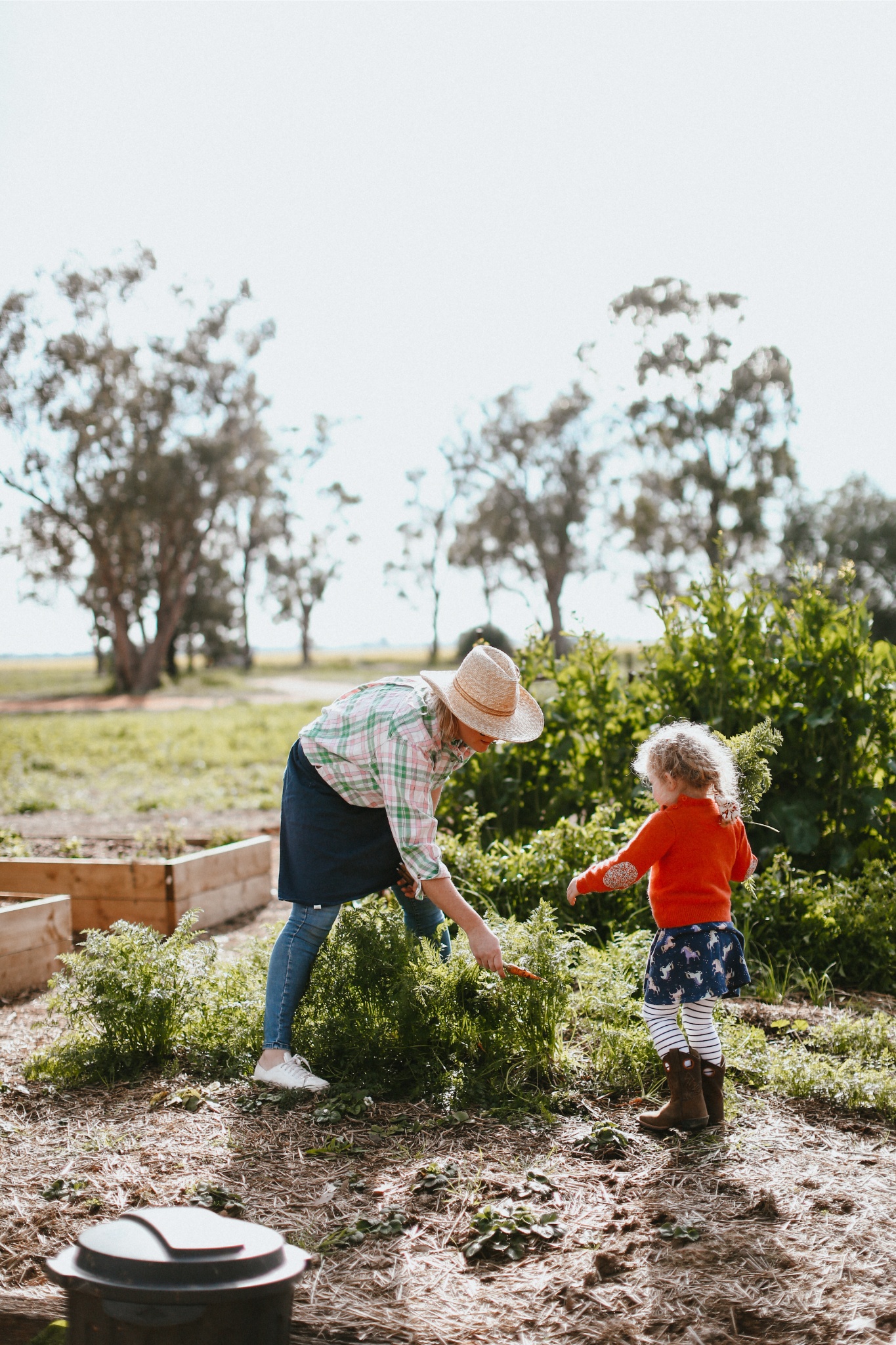
For Claire Austin good gardening is all about planning ahead — planting is just the icing on the cake.
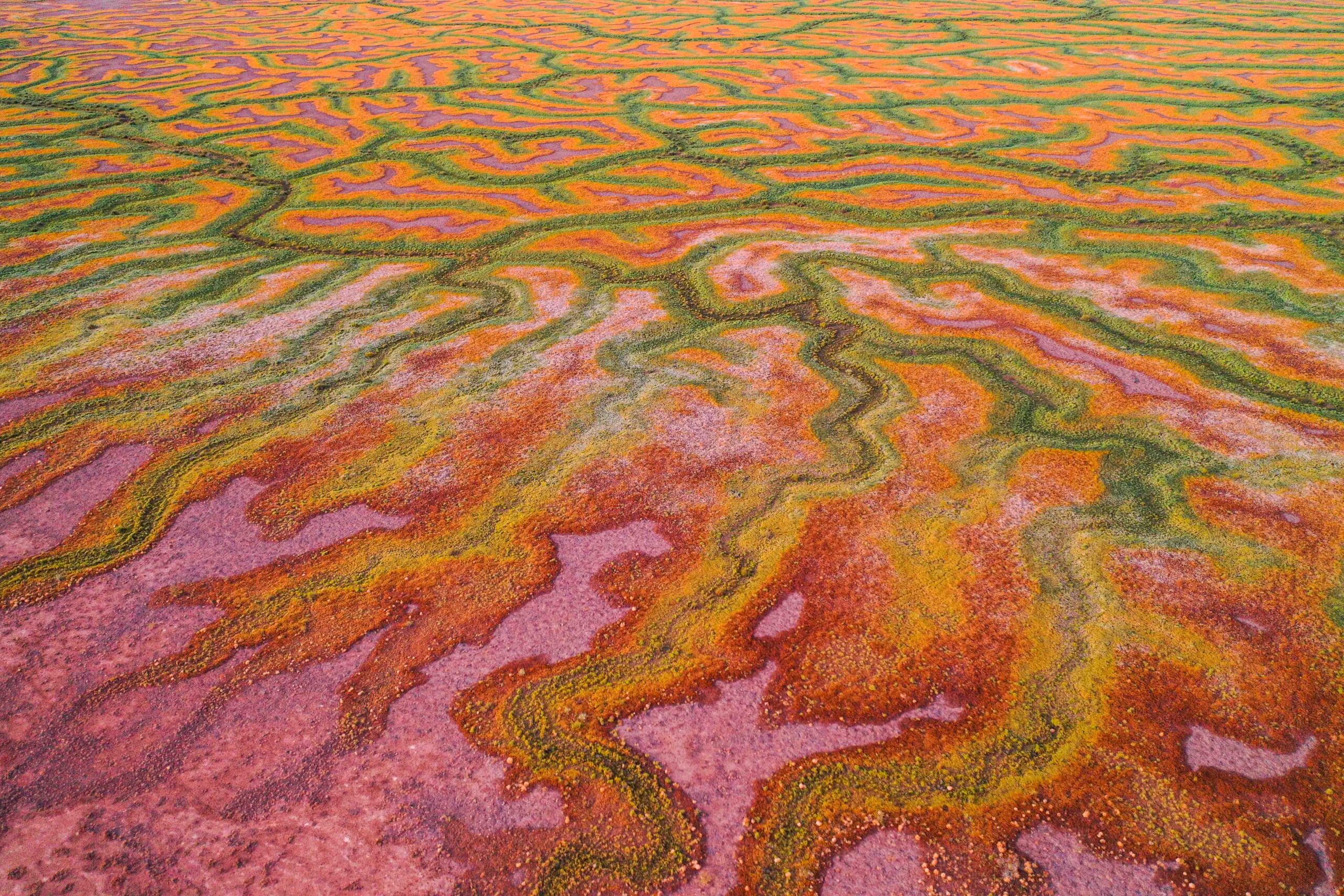
Meet the fifth-generation sheep and cattle farmer behind the image selected for the 2026 Graziher wall planner, which comes free with the next issue.
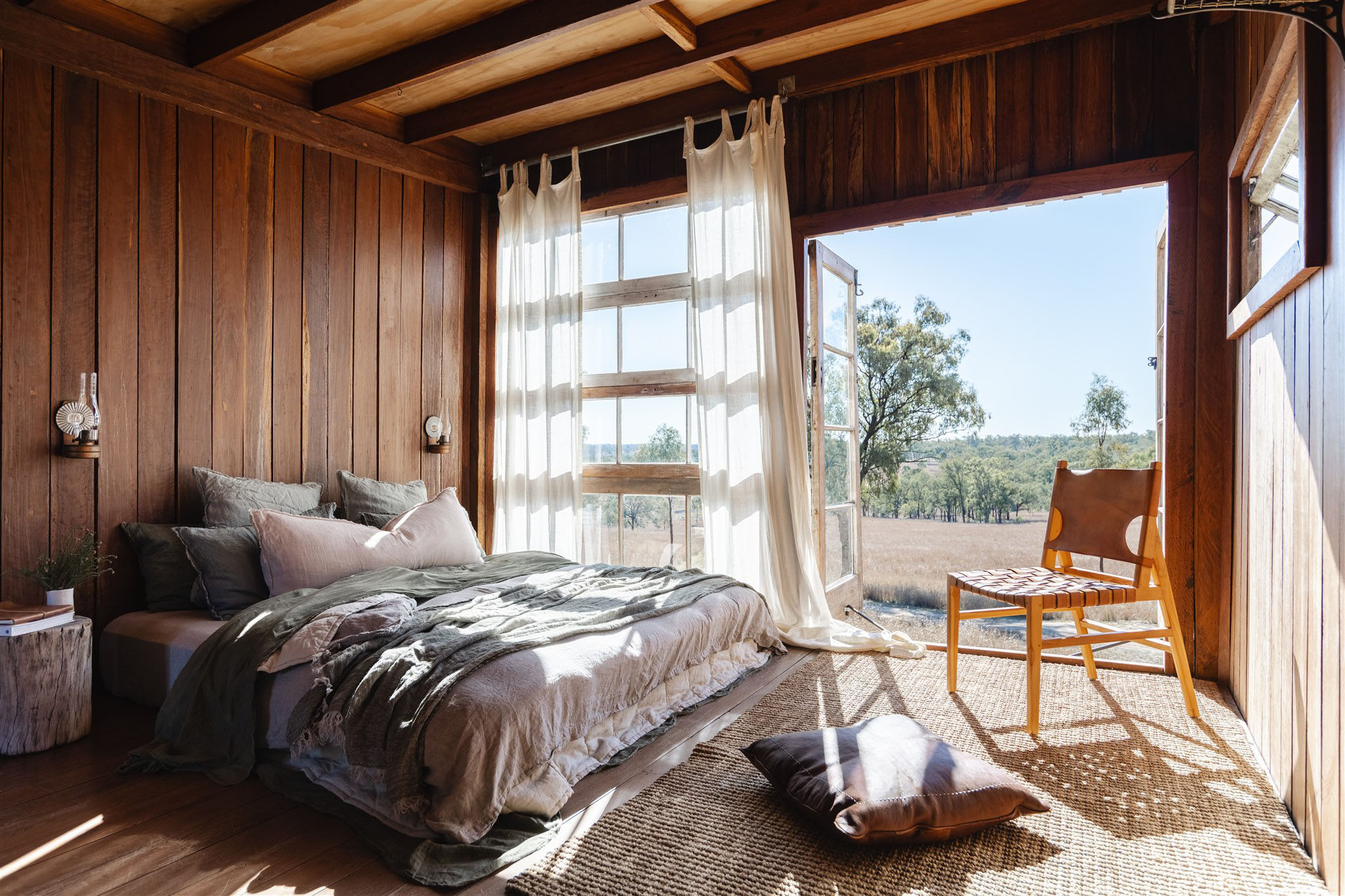
She says it’s less work than you might think — and provides income stability when times are tough.